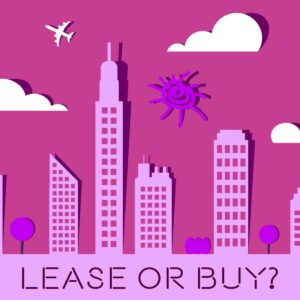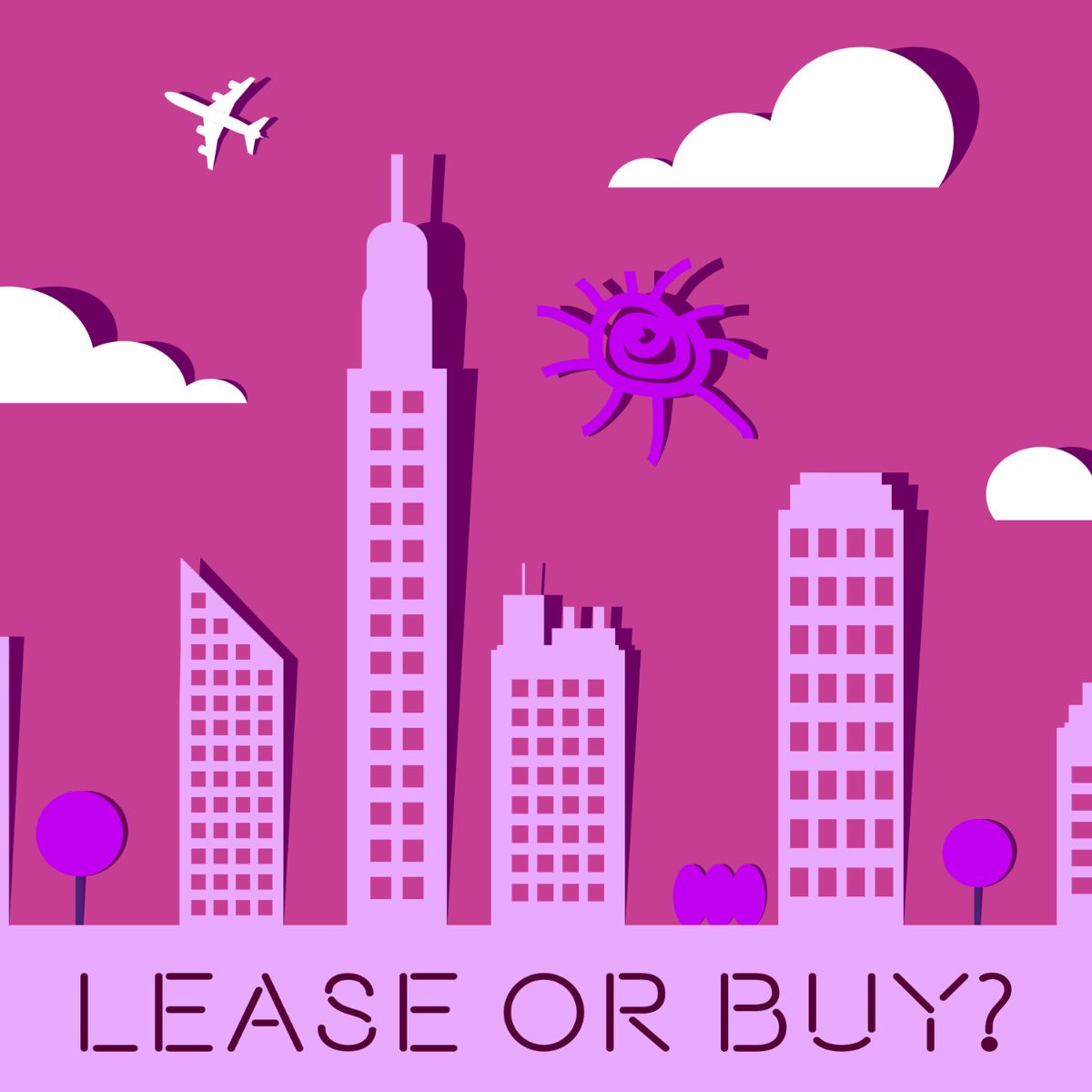Leasing is a helpful option for companies who need assets and want to expand, but don’t have the cash to pay for the capital expenditure up front.
Do you know the difference between a finance or operating lease? Check out this glossary of terms we’ve put together with Thames Valley Asset Finance to help you get started.
1. Finance Lease
A Finance Lease is a lease contract spread over a period of time, typically to match the useful working life of the asset or equipment. The lessee (hirer) pays an initial deposit to take on use of the asset plus an ongoing rental charge. In addition, VAT is due on each instalment. The lease charges include the profit for the lessor (finance company). On completion of the lease, the hirer (customer) will have the choice of continuing to use the asset in a secondary rental period, returning the asset or selling it. In the event they sell the asset, they will typically have a share in the disposal proceeds.
2. Operating Lease
This is a contract that allows the lessee to use the asset, without transfer of the ownership rights. The main difference between this and a Finance Lease is that an Operating Lease is only for part of the asset’s useful life and is classed as off-balance sheet. The lessee gets full use of the asset for as long as it is needed, without the responsibility of buying it outright. There is flexibility in this type of lease to rent again, buy or return the asset at the term end. The VAT on the rentals can be reclaimed. Operating Leases are typically used for long life assts such as HGV’s coaches, aircraft and similar high value equipment.
3. Fixed term rental
These rentals are usually for small value assets where the value is perhaps just a few thousand pounds and agreed and fixed for a set period of time. The assets are then handed back at end of contract term. Examples of fixed term rentals include rental of a franking machine, photocopier, garage equipment etc.
4. Minimum term rental
These rental contracts are similar to a Fixed Term Rental but for a minimum term, for example 24-60 months. Unlike a Fixed term rental the payments are typically “until further notice” and can be a costly way to finance the use of small value items.
5. Sale and Leaseback
An example of Sale and Leaseback is when a company purchases equipment with their own money but subsequently needs to return the cash outlaid back into their business “after the event”. The customer agrees to “sell” the equipment to the leasing company and the finance provider (lessor) then leases the equipment back to in the same was as a traditional finance lease operates. Typically, a Sale and Leaseback will happen within three months of a business acquiring the equipment and must be concluded before a company has crossed its year end.
For more useful guides and resources click here. This glossary was put together with the kind support of Thames Valley Asset Finance, we trust you find it helpful.



